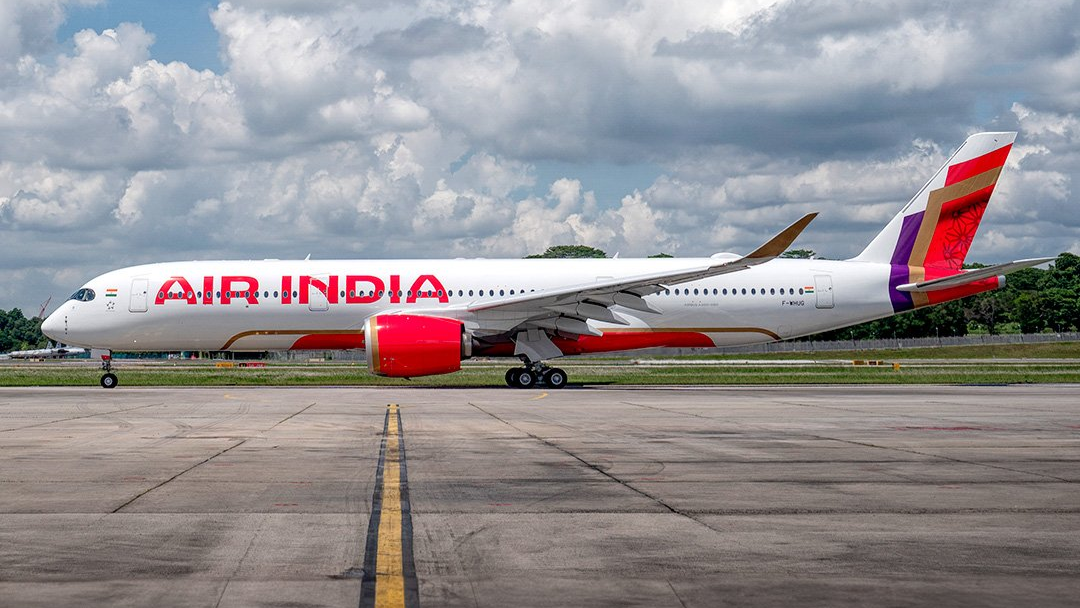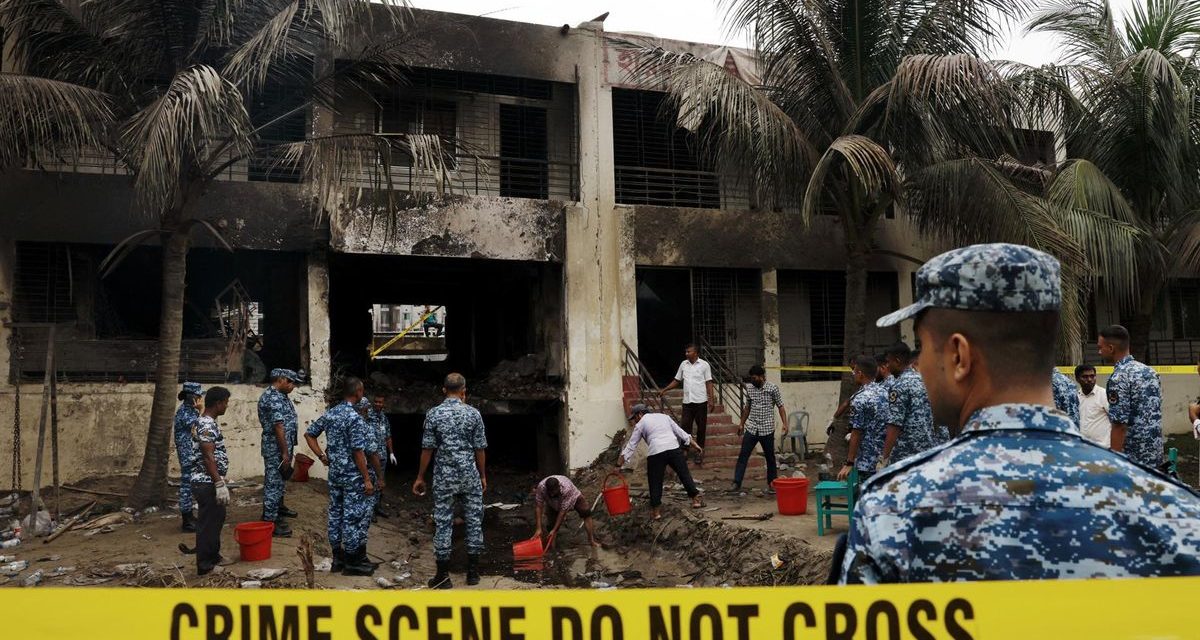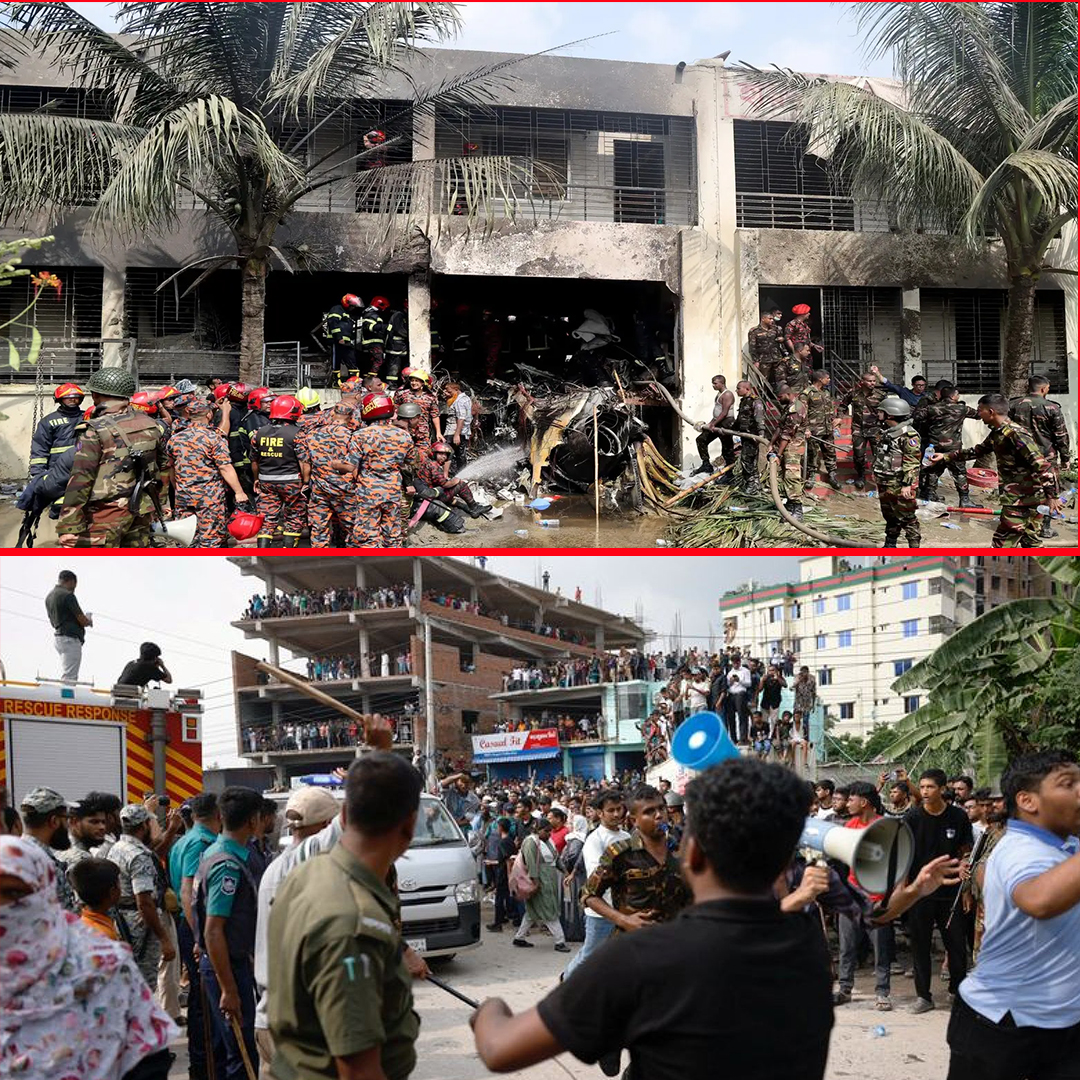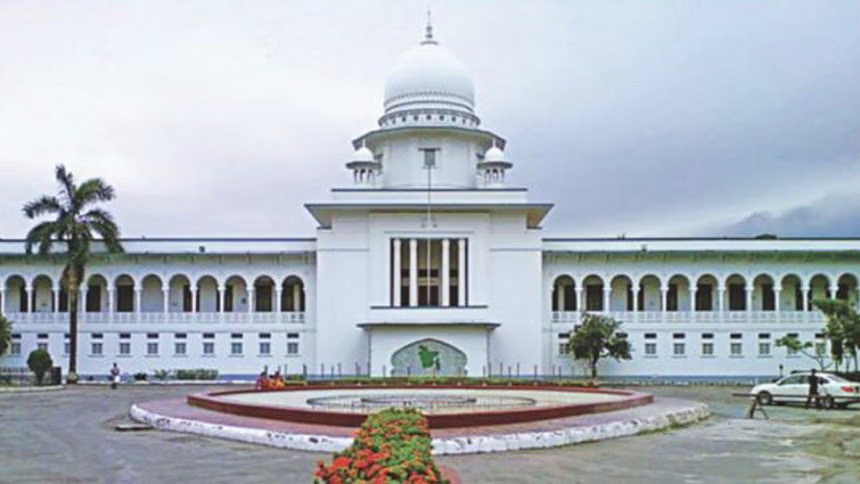
Air India confirms clean maintenance record of crashed Boeing 787-8 Dreamliner; investigation ongoing following Ahmedabad tragedy
Air India has confirmed that the crashed Dreamliner that went down near Ahmedabad on June 12 had no engine issues prior to take-off. The airline stated that the aircraft — a Boeing 787-8 Dreamliner — was “well-maintained” and showed no signs of technical problems before the fatal flight.
According to Air India CEO and Managing Director Campbell Wilson, the aircraft underwent its last major scheduled maintenance check in June 2023, with the next due in December 2025. The right engine had been overhauled in March 2025, while the left engine was inspected in April 2025. Both engines and the aircraft were under routine surveillance and no issues had been reported prior to departure.
“The aircraft was well-maintained. Its engines and systems were regularly monitored. No engine issues were found before the flight,” said Wilson in a statement issued to passengers and the public.
The crash, which killed 270 people, including passengers and crew members, is one of the deadliest aviation disasters in recent years for India. A formal investigation is ongoing, with the Directorate General of Civil Aviation (DGCA) and the Aircraft Accident Investigation Bureau (AAIB) leading the probe.
Air India Conducts Safety Review of Entire Dreamliner Fleet
Following the incident, Air India began a comprehensive inspection of all 33 Boeing 787 aircraft in its fleet, as per DGCA guidelines. CEO Wilson reported that 26 aircraft have already been cleared for service after passing all checks, while the remaining aircraft are undergoing scheduled maintenance and will be inspected before returning to operation.
“The DGCA has confirmed that the airline’s Boeing 787 fleet and maintenance processes fully meet safety standards,” Wilson added.
As an additional safety measure, Air India temporarily cut wide-body international flights by 15% until mid-July to allow for thorough safety reviews. The airline has stated that it is prioritizing passenger safety and operational integrity above all else during this period.
DGCA Raises Coordination Concerns, Finds No Major Safety Lapses
Although the DGCA recently raised concerns about inter-departmental coordination within Air India’s maintenance team, the regulator confirmed that no major safety concerns were found during post-crash surveillance of the airline’s Dreamliner fleet.
The regulator has recommended that the airline improve internal coordination and strengthen communication among its engineering, flight operations, and safety management divisions.
Crash Aftermath: Human Cost and Investigation Progress
The Ahmedabad Dreamliner crash not only raised questions about the aircraft’s technical condition but also left a devastating impact on families. So far, 215 of the victims have been identified through DNA matching, and the remains of 198 individuals have been handed over to their families, an official from the disaster response unit said.
Recovery teams have retrieved the black box flight data and cockpit voice recorders, which have been sent abroad for detailed analysis. Investigators are focusing on multiple possibilities including engine behavior, electronic system failure, and emergency response mechanisms.
One key detail under review is the deployment of the Ram Air Turbine (RAT) — an emergency backup system that activates only during severe system failures, such as dual engine loss or complete power outages. Experts believe the deployment of RAT suggests that the aircraft may have experienced a catastrophic failure mid-air.
Survivor Account and Operational Response
A sole survivor from the flight, Vishwash Ramesh, reported a “sudden loud noise” followed by flickering cabin lights shortly before the crash. His account is being taken into consideration by investigators trying to determine the final moments before impact.
Air India has responded by assuring families that it is fully cooperating with authorities and offering financial and psychological support. The airline announced the formation of a special fund to support the victims’ families.
Second Incident Triggers Precautionary Return
Separately, on June 19, Air India Flight AI388, en route from Delhi to Ho Chi Minh City, had to return to the capital shortly after takeoff as a precautionary measure. The aircraft, carrying 130 passengers, landed safely and all passengers were safely disembarked. The airline emphasized that no technical fault was found and the return was purely preventive.
Industry Response and Next Steps
The aviation industry continues to closely monitor developments following the Dreamliner crash in Ahmedabad. While speculation has swirled around engine performance, Air India’s insistence on a clean maintenance record has so far stood up to regulatory review.
Still, both Air India and the wider Indian aviation sector are awaiting the final investigation report to determine the precise cause. Until then, the airline is taking proactive steps to restore public confidence and ensure the highest standards of aircraft maintenance and safety.
As investigations continue, passengers and industry experts are urging greater transparency, updated safety training, and better crisis communication protocols to prevent future tragedies of this magnitude







